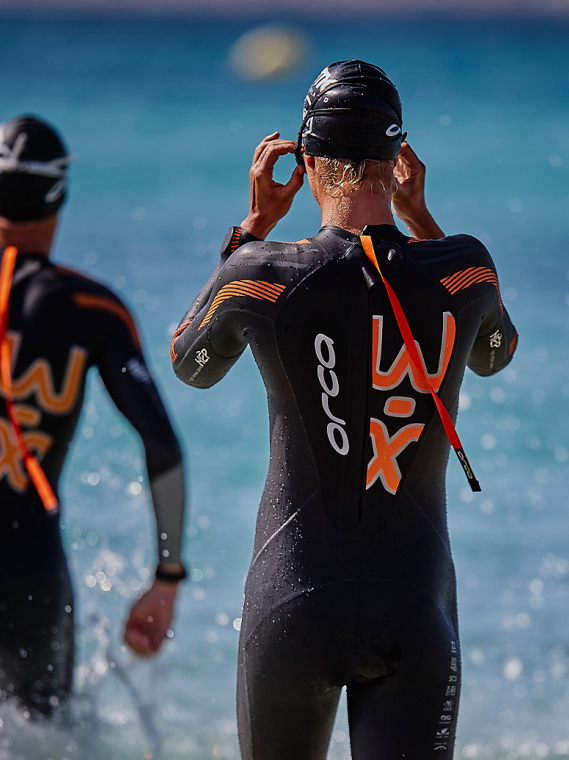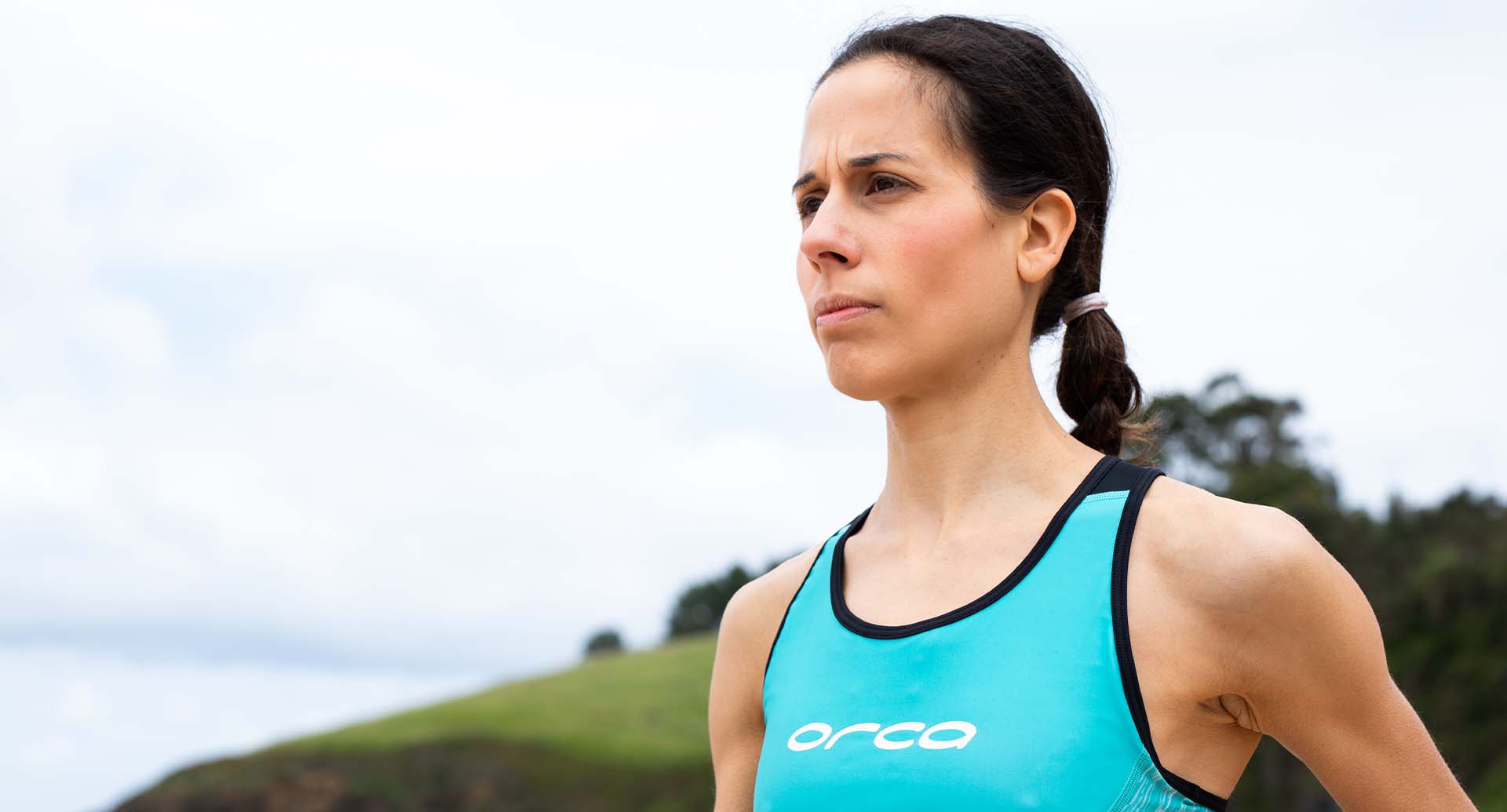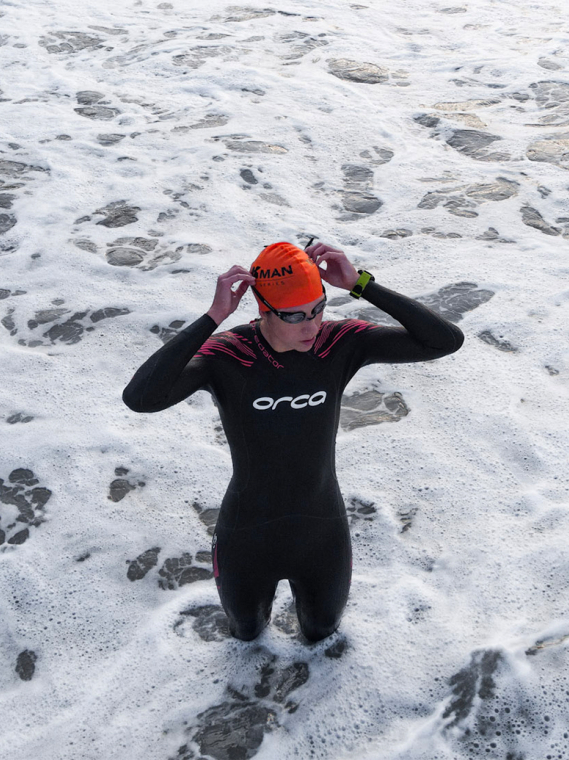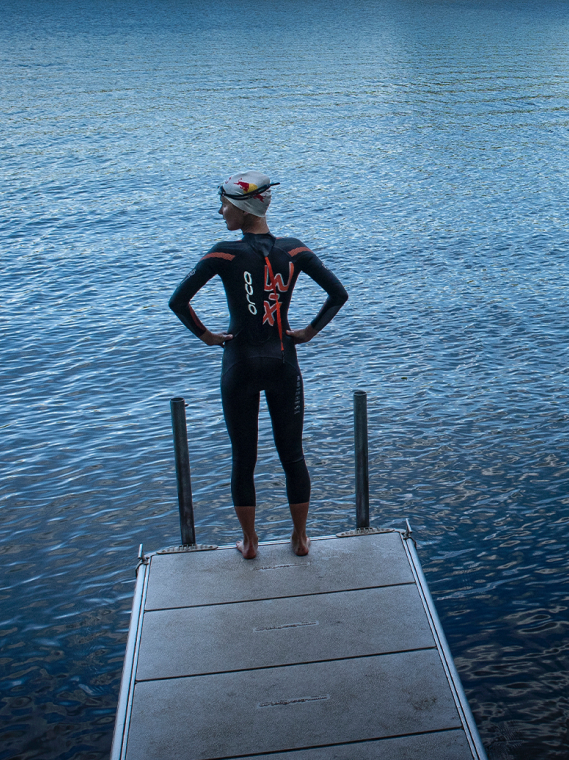
Super-Sprint Triathlon Training Program - Part 2
Training Programs
12. März 2016
Have you started with us on the exciting challenge of completing a triathlon in 2016? Working with experienced trainer Aitzi Santos, here's part two o...
Have you started with us on the exciting challenge of completing a triathlon in 2016? Working with experienced trainer Aitzi Santos, here's part three of the training program to get you to the start line of your first super-sprint distance triathlon.

Here we are again with the next stage. If you've been following along so far - Congratulations! You're now into your second month of triathlon training, so this is fast becoming a habit. Race day is getting closer and closer, and most importantly you crossing that finish line of your first triathlon!
Here are week's 5 and 6 training programs:
WEEK 5
WEEK 6:
As you can see, just like previous weeks, we will continue adding some laps in the swimming sessions and increasing the run time in the running sessions. For the biking, it doesn't matter if we do it in the gym, spin class or outside on the road. We have plenty of time so you can practise all three of these ways if you want to.
Try to remember to follow all the tips you've learnt from the previous week's posts.
In Part 3, we have added in a new type of training session - Strength building - which is a very important part of training for endurance sports like triathlon.
Strength is one of the most important capabilities we need to develop, since improvement in other areas is dependent on muscular movement and our strength increasing.
Strength is so important for endurance sports like triathlon in particular for:
1. Injury Prevention
It's important to have good muscle strength in training for just one aim - to protect our joints. If we don't strength train then we'll get injured more frequently.
2. Performance Improvement
If we strength train properly, our performance in endurance based efforts will improve because our bodies are stronger, which means that our muscles fatigue more slowly and all our movements are faster and stronger.
If you're worried about being in the gym surrounded by all the different machines and feeling completely lost, don't worry - there are lots of options! If you usually go to a gym, then ask a personal trainer for some help with your exercises so you can use all the resources available to you in the gym. But these strength training exercises can also be done just using your body weight, you do not need to be in a gym.
So if you don't go to a gym, here are some options you can use for still completing this strength training. We'll give you some more in the next post too.
Use what is around you to train:
You can do some pushups on a park bench. Keep the body straight so you will train both your core and your arms. If you are not strong enough, you can do it with your knees on the ground so that it's less weight to lift.
You can use the stairs to sprint up using high knees. Use the jog back down the stairs as recovery time.
Jumping jacks are great exercises to strengthen your lower body. In the same way, without any other equipment/furniture you can gain a lot of useful strength doing squats and lunges.
To begin with, you can just do a mix of all of them. Mix them however you'd like, doing 10 reps of each. When you finish all of them, recover for 90 seconds and then complete the sequence again three more times. The most important thing here is making the exercises continuous and using good technique, making your biggest muscles work hard.
As you can see, becoming a triathlete is not only about swimming, biking and running. It's also very important to have good technique and good muscle strength and to never forget to stretch.
Till next time, Aitzi

12. März 2016
Have you started with us on the exciting challenge of completing a triathlon in 2016? Working with experienced trainer Aitzi Santos, here's part two o...

29. Februar 2016
We want to help you achieve the exciting challenge of competing in a triathlon in 2016. Working with experienced trainer Aitzi Santos, here's part one...

16. Februar 2016
We want to help you to achieve the exciting challenge of competing in a triathlon in 2016. Together with experienced trainer Aitzi Santos, we've creat...